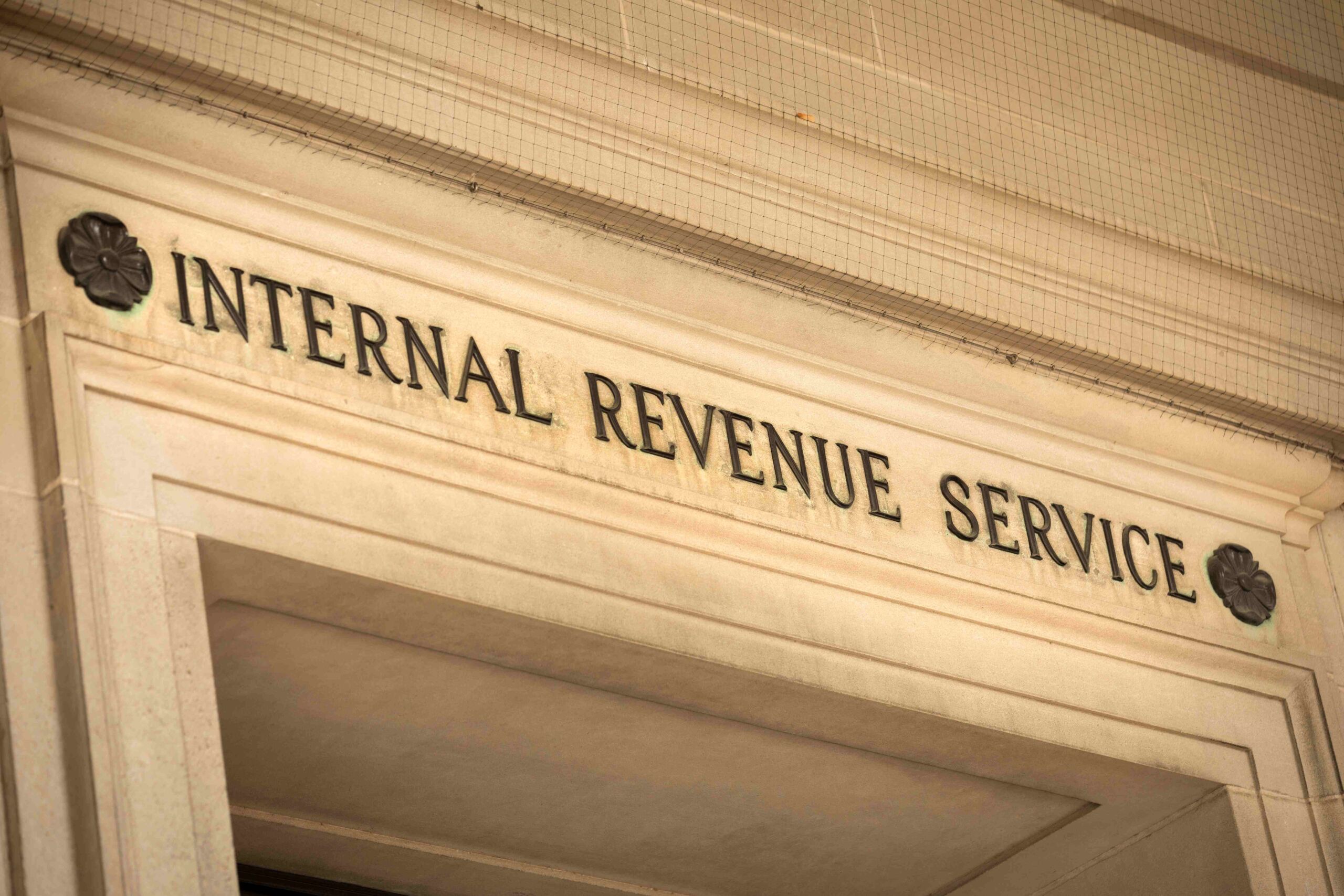Tax Expert Shares Insights On IRS’s ERC 2.0 Voluntary Disclosure Programme
Understanding the implications of this program is crucial for employers who may be uncertain about their eligibility and potential liabilities as the landscape of tax credits changes. As the landscape of tax credits transitions, understanding the implications of this program is crucial for employers who may face uncertainty about their eligibility and potential liabilities.
The second round of the ERC VDP emerged as an essential opportunity for businesses that may have second-guessed their initial ERC claims. The ERC voluntary program 2.0 offers a way forward for taxpayers to enter a program with reasonable certainty that their request would be processed within a reasonable time,” James Creech
Director of Baker Tilly’s Tax advocacy and controversy team said.This is a program that comes with the understanding the IRS is facilitating compliance while addressing concerns associated with previous claims. Creech said that it is not surprising that the second voluntary disclosure provides less money for those who participate. “The IRS tends to offer the best settlement terms first, and then make each following program update less beneficial to taxpayers.” He added that the IRS tends to discourage procrastination by offering less favorable terms in subsequent programs, whether for ERC, Offshore Voluntary Disclosure, or Syndicated Conservation Easement settlements.
The eligibility criteria for participation remain consistent with the first program, focusing primarily on employers who have faced significant declines in gross receipts or operational impacts due to government orders during the pandemic. The government encourages businesses to act swiftly, as engaging with the program allows participants to potentially circumvent the more stressful recapture process that could follow if they do not disclose their circumstances correctly.
“Entering the program is just step one of resolving the issue, but it is a significant step because once taxpayers know the terms, they can budget accordingly,” explains Creech. This program is specifically designed for those businesses hesitant about their claims but keen to address potential discrepancies.
However, tax professionals are cautioning businesses to remain patient as processing times may extend. The IRS could issue recapture letters to businesses. “If a taxpayer receives a recapture notice, it is important to contact a tax professional immediately or the person who calculated the amount,” Creech said. “These letters have the potential to create serious problems for taxpayers who are on shaky financial footing or have cash flow issues.”
Creech said that employers who receive these letters typically have a short window – around 30 days – to contest the amounts indicated, making swift action essential to protect their interests.
As the IRS continues to implement new strategies regarding the ERC, it is important for businesses and tax professionals to understand the appeal rights and develop a proactive strategy around ERC claims to help avoid potential pitfalls.
While the second VDP presents another avenue for compliance, the tens of thousands of recapture letters signify a tightening of oversight around the ERC that could impact many employers. The second VDP offers another avenue for compliance, but the tens of thousands of recapture letters indicate a tightening of oversight around the ERC that could impact many employers.






